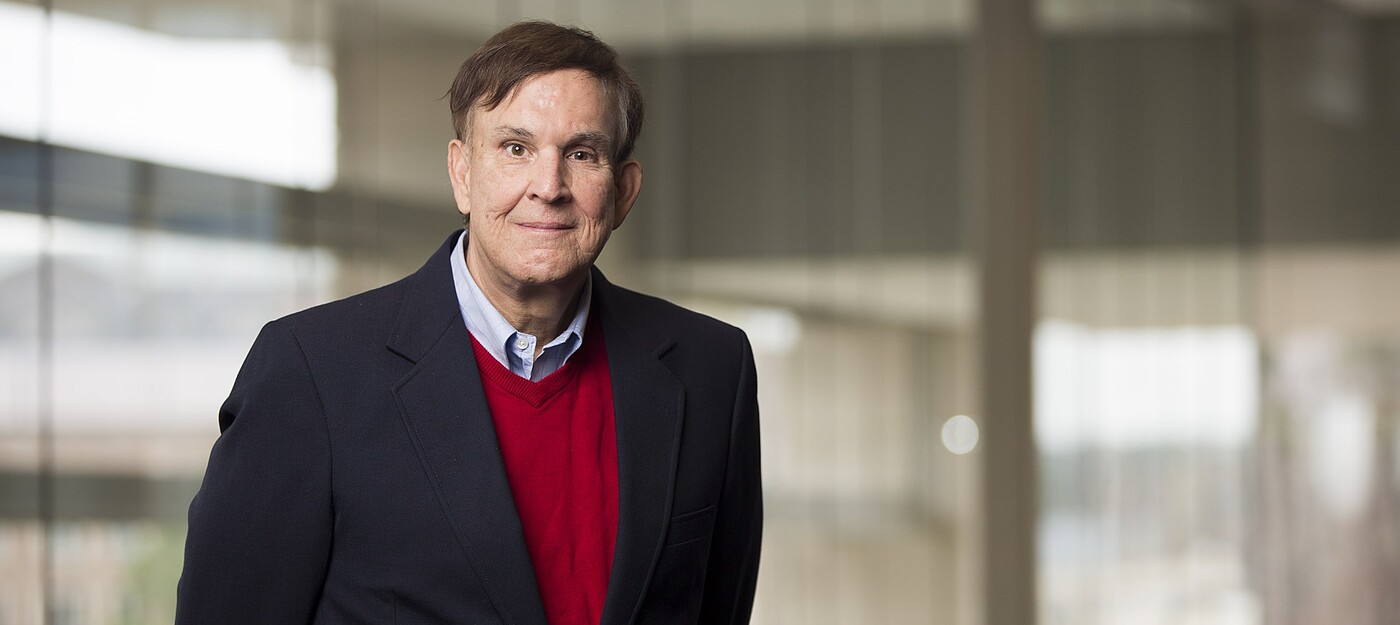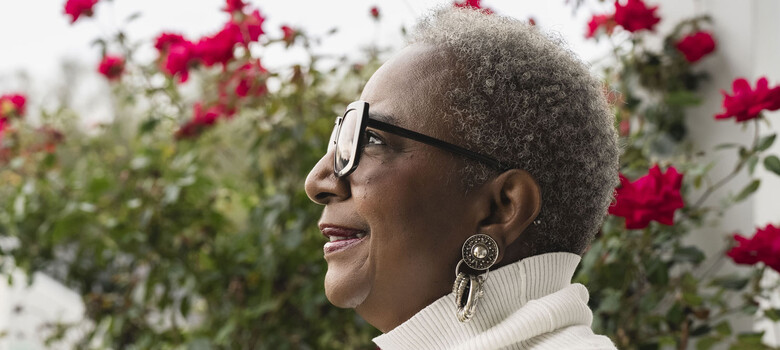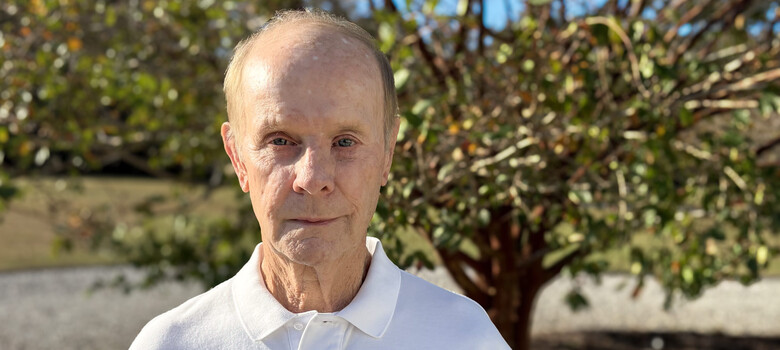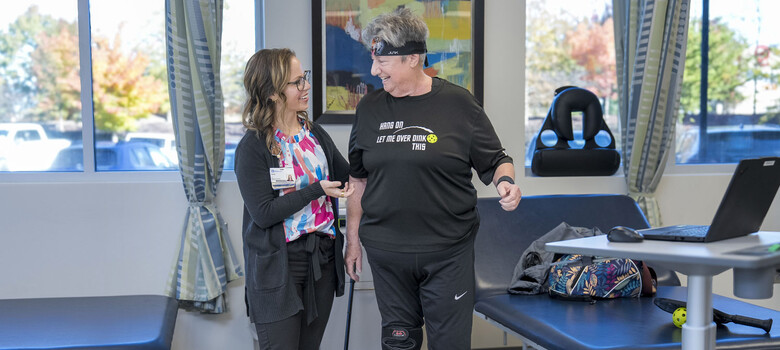 From the DukeHealth.org archives. Content may be out of date.
From the DukeHealth.org archives. Content may be out of date.
Hearing Again with a Cochlear Implant

John Mangieri
John Mangieri of Charlotte wanted a cochlear implant to improve his severe hearing loss and his quality of life. He chose Duke because “you want a good physician who knows what they are doing with the implant and who does a lot of them,” he explained. “It’s also important to have the support staff that can do the tuning and testing afterward.”
John Mangieri lost most of his hearing in his left ear 25 years ago after surgery removed a non-cancerous skull base tumor. He got by with the hearing in his right ear, until three years ago, when a sudden viral infection left him without good hearing in either ear. He sought medical advice at Duke to determine if he might be a candidate for a cochlear implant.
“I was having trouble conversing. I had to have captions when I watched TV. When I played golf, I couldn’t hear a word my partners were saying. My thinking was, ‘I’m not hearing well with the hearing aids. If I can get an implant, it couldn’t make my hearing any worse than it was. Why not get it done?’”
Selecting the Right Candidate for a Cochlear Implant
Mangieri went to see Debara L. Tucci, MD, director of Duke’s cochlear implant program, who performed a series of tests to evaluate his hearing and his overall health.
“A good cochlear implant candidate is someone who doesn’t derive significant benefit from the use of hearing aids,” she explained. “They have severe to profound hearing loss, and poor speech understanding. We measure their ability to hear tones across pitch, and their ability to understand speech with hearing aids.”
How Does the Cochlear Implant Work?
Cochlear implants are comprised of two parts. The external microphone/speech processor/transmitter picks up sound and sends it as electrical signals to the internal receiver, which is implanted just under the skin behind the ear. The receiver then sends the electrical signals to electrodes that have been implanted in the cochlea, or inner ear. They, in turn, stimulate the auditory nerve, which sends signals to the brain, which interprets the electrical signals as sound.
Mangieri had his implant surgery in June of 2014. The external component of the implant was programmed about one month later, after allowing enough time for the surgical incision to heal.
“When she turned it on, it was unbelievable!” said Mangieri. “That was the best I had heard since before I had my skull base tumor removed. It was amazing. She said, ‘if you think it’s good now, wait. It’s going to get better.’ And she was entirely right.”
“She” is Sara Unrein, AuD, the audiologist who works with Mangieri. Unrein said it takes about six months to one year for the implant to reach its full potential. “Before his implant he had zero percent understanding in that right ear. I just tested him and he’s at 60 to 70 percent now. It’s even better with the implant and hearing aid together.”
Misconceptions About Cochlear Implants Remain
Mangieri said the cochlear implant has made a huge difference in his quality of life. “I’m able to converse now. I can watch TV and hear sound. I’m able to go to the movies. I can play golf and hear every word my partner says. I could never do that before.”
And, while more than 300,000 cochlear implant procedures have been performed worldwide; he is surprised to find that many misconceptions still exist. “When I told my friends I was going to have an implant they were silent. They thought I was going to have stuff sticking out of my head. People think you can’t hear music. I can hear music. People think that voices sound tiny or that I can’t tell the difference between a man and a woman’s voice. I can.”
Mangieri believes many of these misconceptions are standing in the way of more people benefiting from a cochlear implant.
Dr. Tucci said that is very likely. Sometimes their family doctor never discusses the option with them. Or people continue to wear hearing aids that give very little benefit. “They don’t know this is an alternative,” she said.



